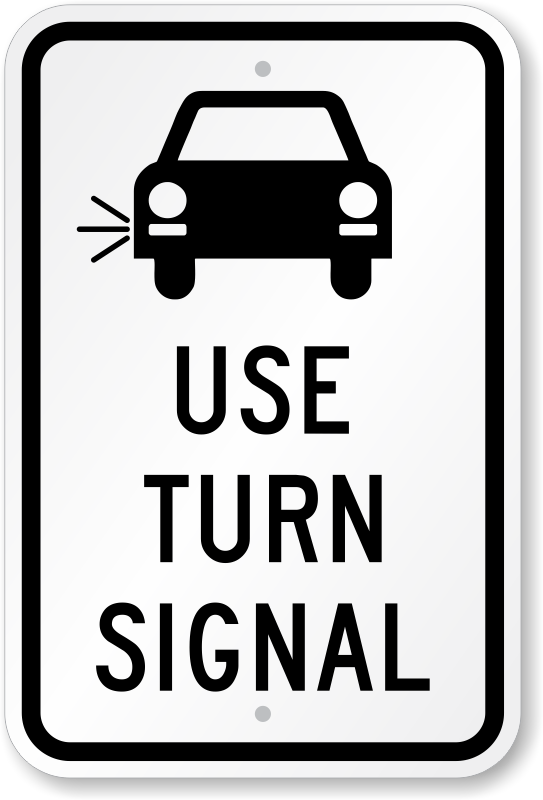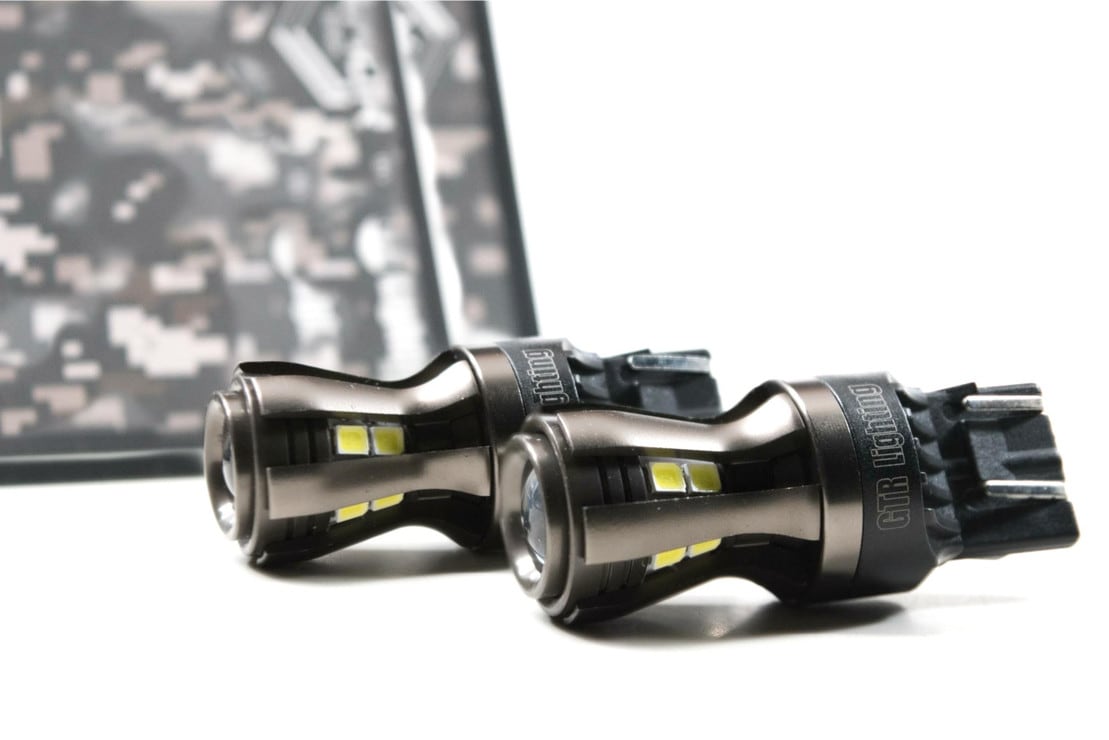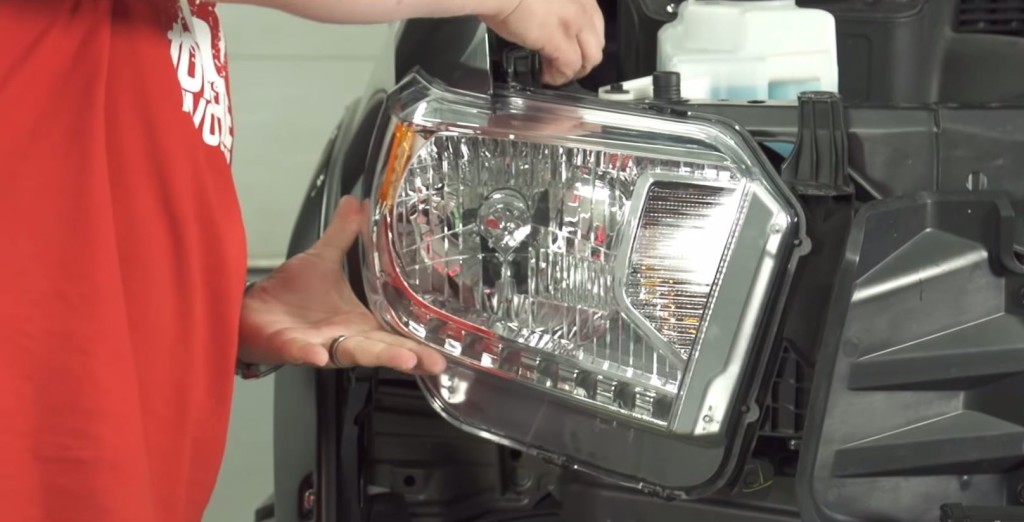Picture this: you're driving down a bustling city street, the hum of engines and the rhythm of traffic creating a symphony around you. Suddenly, the car in front of you flashes a small, blinking light. It's a language we all understand - the language of turn signals.

The Unsung Heroes: Understanding Turn Signals
Turn signals, also known as direction indicator lights, blinkers, or indicators, are the unsung heroes of road communication. These blinking lights, mounted near the corners of a vehicle, are the car's way of saying, "Hey, I'm about to make a move here!" Whether it's a turn or a lane change, these lights signal the driver's intent, helping to maintain order on the roads.
The Evolution of Turn Signals: From Heat to Electronics
The humble turn signal has come a long way since its inception. Early versions were activated by a thermal flasher unit, a fascinating little device. It consisted of a heating element, a leaf spring, and a bimetallic strip. Upon activation, the signal lights and heating element are activated. Heat caused the bimetallic strip to bend, opening the circuit and destroying the signal lights. As the strip cooled down, it would pull the leaf spring back, closing the contacts and sending power back to the lights. This cycle would repeat until the power to the thermal flasher was switched off.
Over time, thermal flashers gave way to electromechanical relays, and then to solid-state relays. Modern cars flash their lights with a relaxation oscillator and solid-state relay integrated into the body control module. The distinct clicking sound associated with turn signals is now produced electronically.

The Misunderstood Role of Turn Signals
Despite their importance, turn signals are often misunderstood and misused. A study showed that more people in the United States use their fog lights in dry weather than in poor weather. This misuse has led to regulations in many jurisdictions prohibiting the use of fog lights unless visibility is seriously reduced.
The Confusion: Turn Signals vs. Driving Lights
Adding to the confusion is the often interchangeable use of the terms "fog lights" and "driving lights". This is due to the assumption that fog lights are always selective yellow, while any auxiliary light that makes white light is a driving light.

2014-2015 CHEVROLET SILVERADO LED FRONT TURN SIGNAL UPGRADE
Starting at $205
The Changing Face of Turn Signals
Turn signals have seen a significant evolution over the years. Early electric turn signal lights date back to as early as 1907. Modern flashing turn signals were patented in 1938. By the 1950s, most major automobile manufacturers offered this feature. Today, most countries require turn signals on all new vehicles driven on public roadways.
In the 1920s to early 1960s, some cars used retractable semaphores called trafficators instead of flashing lights. These were mounted high up behind the front doors and swung out horizontally. However, they were fragile and could easily break off or stick in the closed position.
The Future of Turn Signals
As technology advances, so do turn signals. Some cars now feature sequential turn signals, in which multiple elements illuminate sequentially rather than simultaneously to provide the turn signal function. The result is a visual effect indicating that a turn or lane change is about to take place.
In conclusion, turn signals are more than just blinking lights on a car. They're a crucial part of road safety and communication between drivers. So the next time you're on the road, remember to use your turn signals. It's not just polite - it's the language of the road.







.png?width=300&height=87&name=logo%20(1).png)